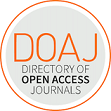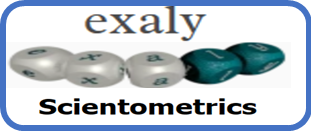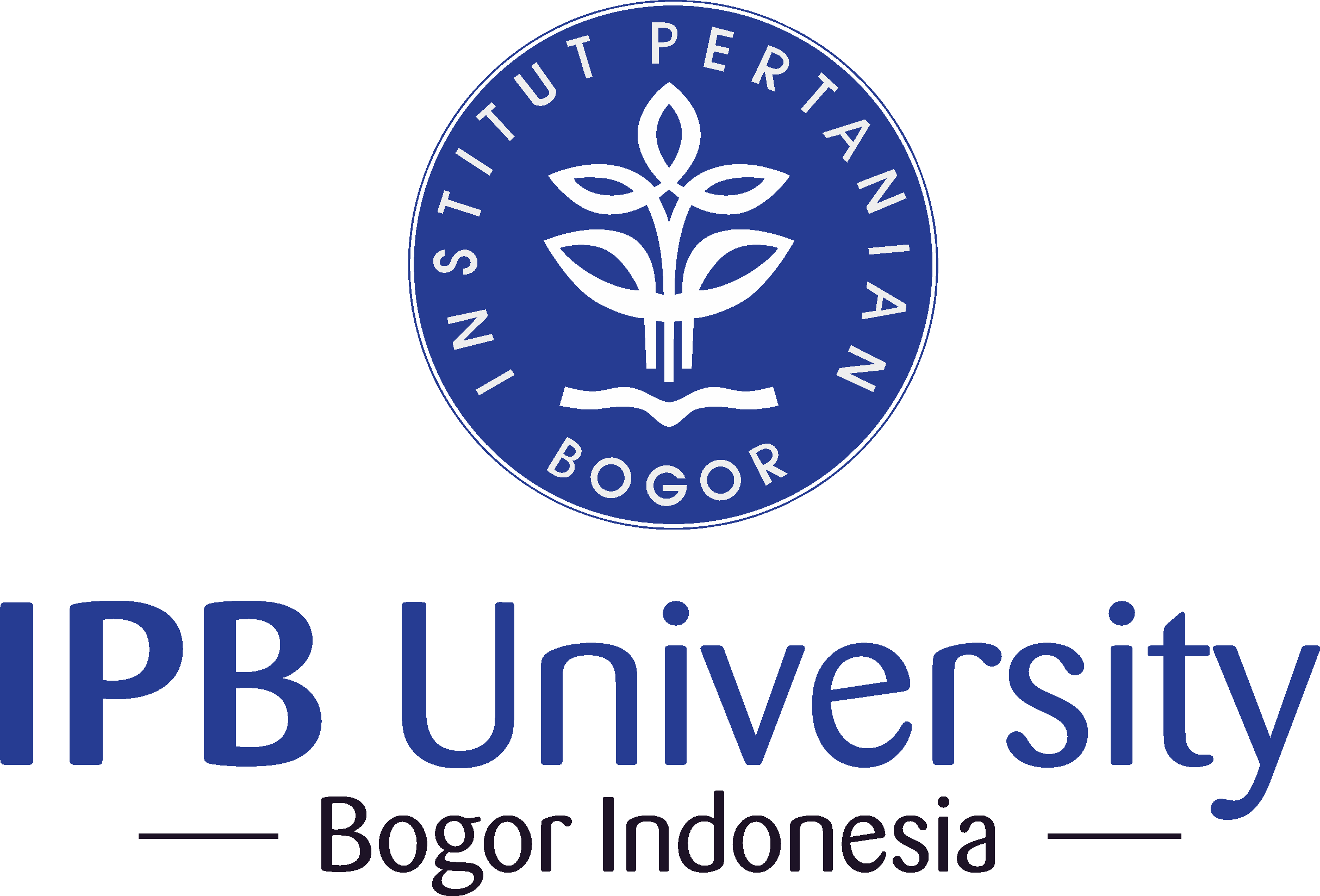Correlation of CDX2 Protein Expression with Clinicopathologic Features and Survival Rate in Iraqi Patients with Colorectal Cancer
Abstract
Predicting the prognosis of colorectal cancer (CRC) is challenging since these tumors exhibit a wide range of biological behaviors. It has been hypothesized that caudal-related homeobox gene 2 (CDX2), which is vital for intestinal growth and maintenance, has a tumor-suppressing effect and promising role in CRC prognosis but studies are still controversial. This study used the immunohistochemical (IHC) staining method to determine the expression of the CDX2 protein in mucinous and non-mucinous CRC adenocarcinoma, as well as in normal colorectal tissues as a control, and correlate this expression with clinicopathological features such as grade, tumor distant metastasis, tumor site, histological type, lymph node metastasis, tumor invasion, sex, age, and rate of 4 years Overall survival (OS) after diagnosis. A total of sixty three tissue samples were obtained from CRC patients (58.90±14.94) years and embedded in wax and thirty-seven normal non-tumoural colorectal tissue samples with (56.43±12.28) years as a control group. CDX2 protein expression decreased significantly (p<0.05) in CRC patients than control, advanced age, mucinous pattern of CRC, moderate and poorly differentiated grades, lymph node metastasis, advanced tumor invasion (T3, T4), and organs metastasis. Moreover, the (OS) for patients with low CDX2 expression was (17.943±1.7) months compared to (33.431±2.7) months for those with high CDX2 expression (p = 0.0001). This study concluded that protein expression of CDX2 is regarded as a prognostic and diagnostic marker for CRC patients.
Downloads
Copyright (c) 2023 Muntadher J. Jahil, Karrar S. Zayed

This work is licensed under a Creative Commons Attribution-NonCommercial 4.0 International License.
HAYATI J Biosci is an open access journal and the article's license is CC-BY-NC. This license lets others distribute, remix, tweak, and build upon author's work, as long as they credit the original creation. Authors retain copyright and grant the journal/publisher non exclusive publishing rights with the work simultaneously licensed under a https://creativecommons.org/

























.png) IPB University
IPB University Department of Biology
Department of Biology The Indonesian Biological Society
The Indonesian Biological Society 

